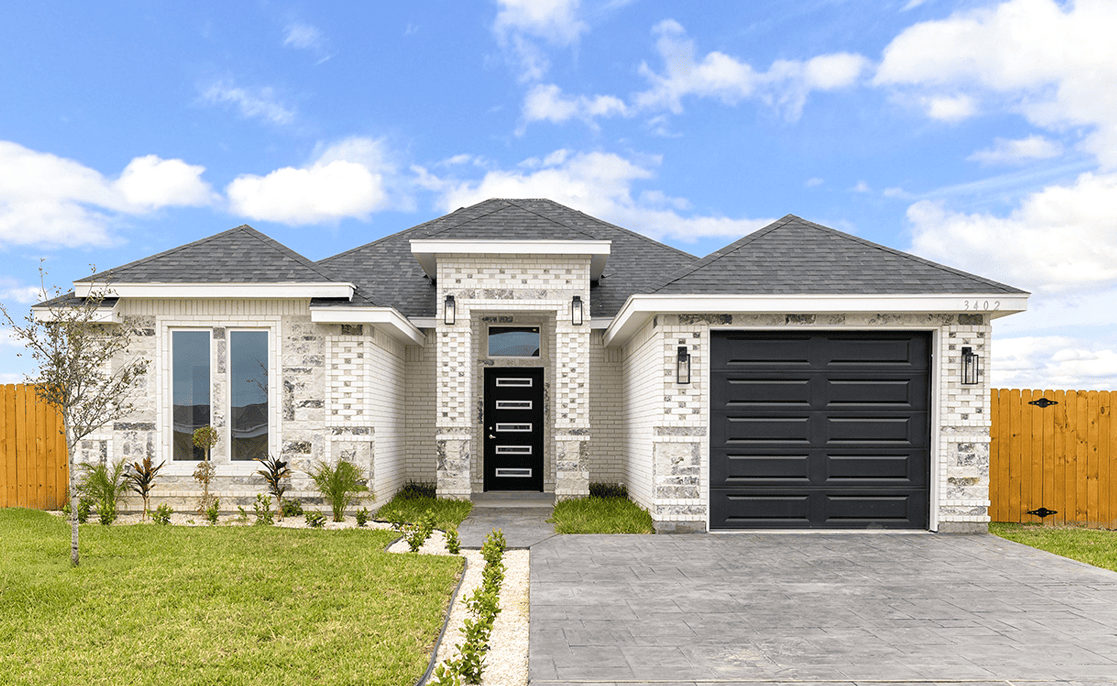Eco-Friendly Home Building for the Rio Grande Valley
The Rio Grande Valley (RGV) is embracing a green revolution in home construction. With temperatures on the rise and environmental awareness growing, sustainable living is no longer just an option—it’s becoming a necessity. Homeowners are looking for ways to reduce their carbon footprint, lower energy bills, and invest in homes that offer long-term value.
Eco-friendly home building in RGV is not just about saving the planet—it also brings tangible benefits to homeowners. These homes incorporate smart technologies, energy-efficient appliances, and environmentally friendly materials to create living spaces that are healthier, more comfortable, and more cost-effective. From solar power and high-efficiency HVAC systems to sustainable building materials and water conservation techniques, this article explores how these trends are transforming the region’s residential landscape.
Harnessing Solar Energy: A Bright Investment
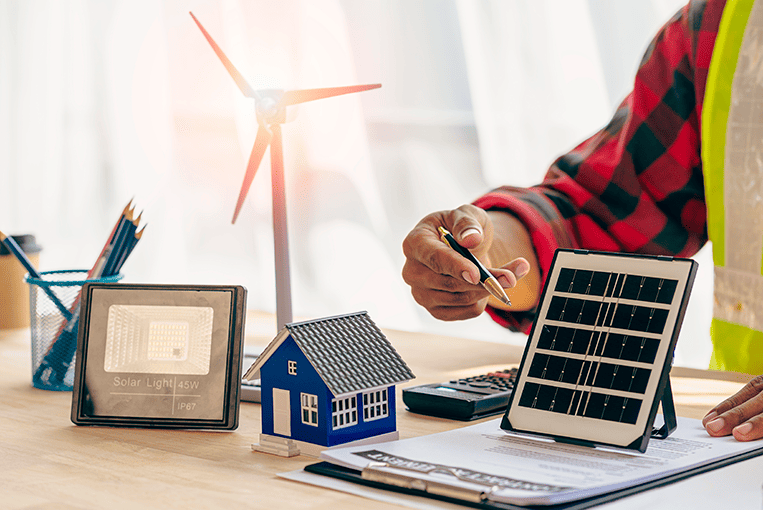
With abundant sunshine year-round, RGV is perfectly positioned to take advantage of solar energy. Texas has emerged as a leader in solar power, and local homeowners are realizing the financial and environmental benefits of switching to this renewable energy source.
Why Go Solar?
- Lower energy bills: Solar panels reduce reliance on the grid, leading to significant savings on electricity costs. By generating your own electricity, you can drastically cut down your monthly energy expenses and even sell excess power back to the grid in some areas.
- Increased home value: Studies show that homes with solar panels sell for an average of 4.1% more than those without. Buyers are increasingly prioritizing energy-efficient features when making purchasing decisions.
- Tax incentives and rebates: A federal tax credit currently allows homeowners to deduct 30% of the cost of solar panel installation. Many state and local incentives further reduce the upfront cost, making solar more accessible than ever.
- Energy security: During the intense heatwave of 2023, solar energy provided nearly 20% of Texas’s electricity demand, proving its reliability. Unlike fossil fuels, solar power offers a sustainable and renewable energy source that ensures long-term energy independence.
As installation costs continue to decrease and efficiency improves, solar power is becoming an increasingly accessible and cost-effective solution for RGV homeowners.
High-Efficiency HVAC Systems: Keeping Cool Sustainably
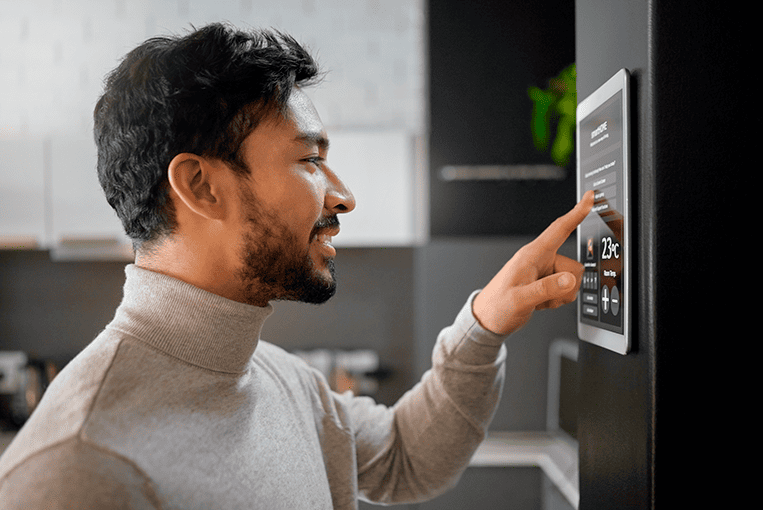
RGV’s hot and humid climate requires air conditioning, but traditional HVAC systems can be major energy hogs. High-efficiency HVAC systems offer a sustainable alternative, providing comfort while reducing energy consumption.
Key Features of Energy-Efficient HVAC Systems
- Variable-speed compressors: Unlike standard HVAC units that operate at full capacity regardless of need, variable-speed compressors adjust cooling output to match real-time demand, reducing energy waste and enhancing comfort.
- Advanced heat pumps: These systems extract and transfer heat efficiently, providing both cooling in the summer and heating in the winter with minimal energy use.
- Smart thermostats: Allow homeowners to automate and optimize temperature settings, cutting down on unnecessary cooling costs. Some smart thermostats learn your habits and adjust settings automatically to maximize efficiency.
- Improved air filtration: High-efficiency HVAC systems come with superior air filters that remove allergens and pollutants, improving indoor air quality and reducing respiratory issues.
By upgrading to high-efficiency HVAC systems, RGV homeowners can enjoy a more comfortable indoor climate while significantly lowering their energy consumption and costs.
Green Roofing Solutions: A Natural Way to Stay Cool
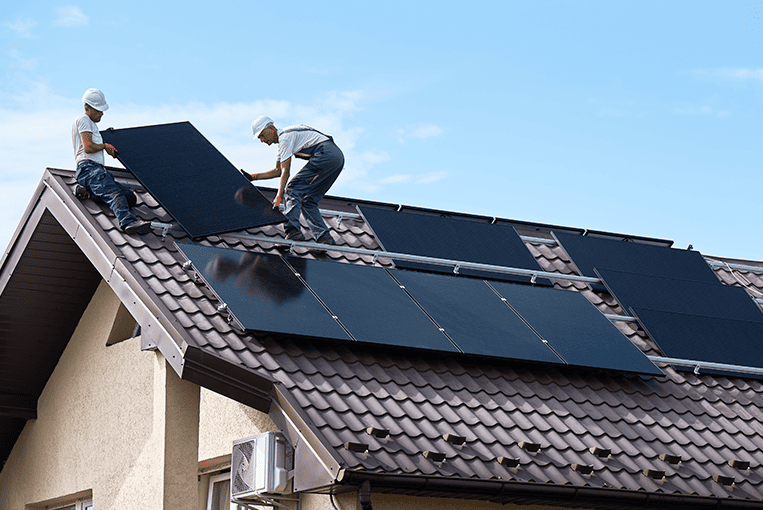
Green roofs—rooftops covered with vegetation—are an innovative solution for reducing urban heat and improving home energy efficiency. These systems provide insulation, absorb rainwater, and contribute to a healthier environment.
Benefits of Green Roofs
- Cooling effect: Plants absorb heat and release moisture through evapotranspiration, lowering roof temperatures and reducing air conditioning needs.
- Stormwater management: Helps prevent flooding by absorbing excess rainwater and reducing runoff, which is particularly important in areas prone to heavy rains.
- Air quality improvement: Plants filter pollutants and carbon dioxide from the air, contributing to a cleaner and healthier atmosphere.
- Biodiversity boost: Creates habitats for birds, bees, and other wildlife, promoting local ecological health and sustainability.
While green roofs require an initial investment, they offer long-term savings, durability, and environmental benefits, making them an attractive option for sustainable home construction in the RGV.
Sustainable Building Materials: Stronger, Greener Homes
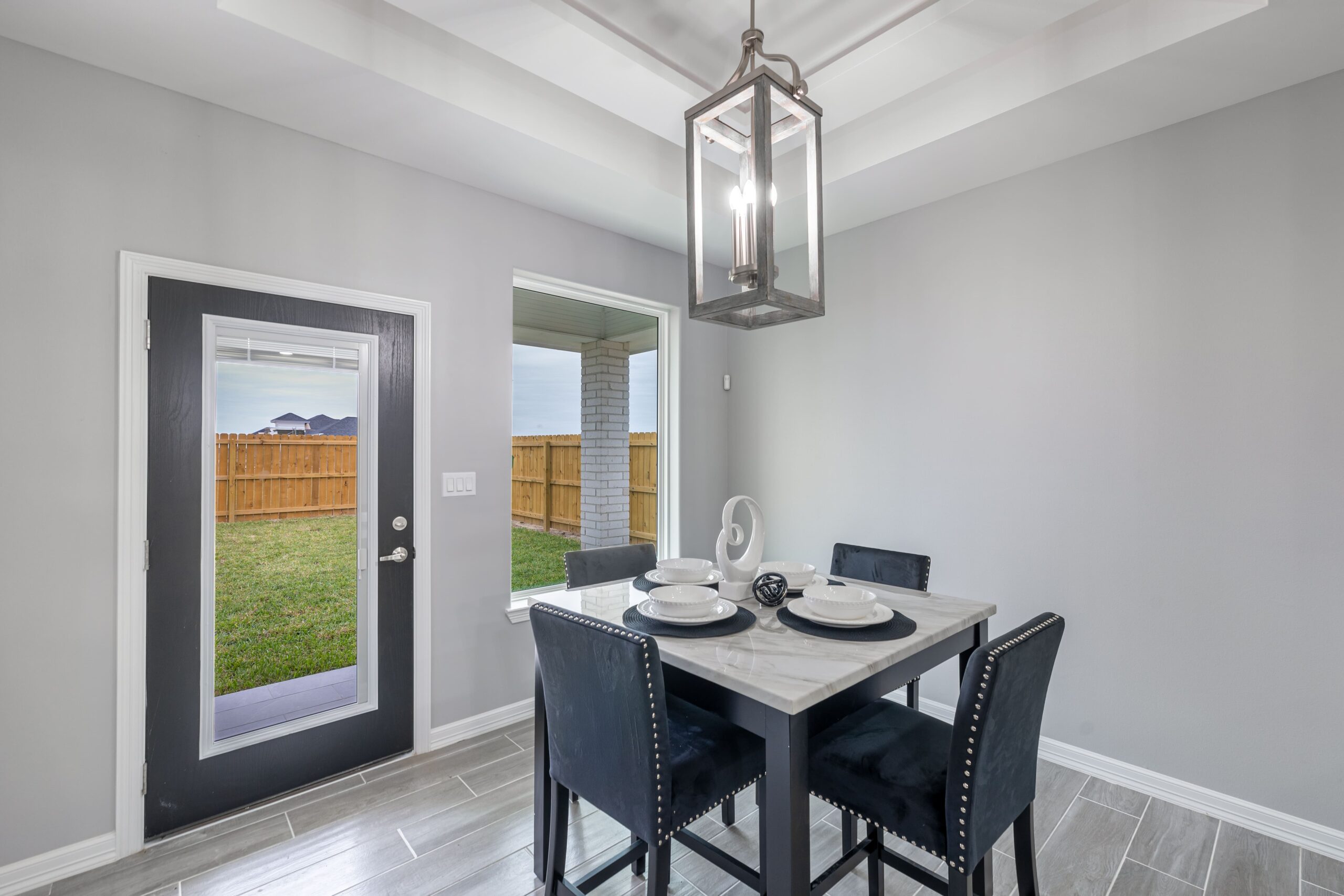
The materials used in home construction play a crucial role in sustainability. RGV is seeing a rise in the use of eco-friendly materials that reduce environmental impact and improve energy efficiency.
Popular Sustainable Materials
- Bamboo: A rapidly renewable alternative to wood that offers strength, flexibility, and natural resistance to pests and moisture.
- Recycled steel: Provides exceptional durability without the need for new raw materials, significantly reducing the carbon footprint of home construction.
- Reclaimed wood: Salvaged from old buildings, adding character and reducing deforestation while promoting recycling.
- Hempcrete: A carbon-negative alternative to traditional concrete that offers excellent insulation, moisture resistance, and breathability, creating a healthier indoor environment.
- Cork: A renewable material with superior insulation properties, making homes more energy-efficient and reducing heating and cooling costs.
Using sustainable materials not only lowers a home’s carbon footprint but also enhances durability, improves indoor air quality, and reduces long-term maintenance costs.
Water Conservation Techniques: A Vital Resource
Water conservation is a top priority in the semi-arid climate of RGV. Homeowners are increasingly adopting techniques to reduce water waste and ensure long-term sustainability.
Effective Water Conservation Methods
- Rainwater harvesting: Collecting and storing rainwater for irrigation and household use reduces dependency on municipal water supplies.
- Drip irrigation systems: Delivering water directly to plant roots minimizes evaporation and ensures efficient water usage.
- Low-flow fixtures: Installing faucets, showerheads, and toilets that consume less water can lead to significant savings over time.
- Drought-resistant landscaping: Choosing native plants that require minimal watering helps maintain beautiful landscapes while conserving water.
By implementing these techniques, RGV homeowners can lower their water bills while contributing to the conservation of this essential resource.
Mistakes to Avoid in Eco-Friendly Home Building
While adopting sustainable homebuilding practices is a great step toward a greener future, there are several common mistakes that homeowners and builders should avoid to maximize efficiency, cost savings, and environmental benefits.
1. Not Considering the Local Climate
One of the biggest mistakes in eco-friendly home renovation is applying general green building principles without adapting them to the local climate. RGV experiences high temperatures and humidity, which means certain materials and technologies, like reflective roofing and high-efficiency HVAC systems, are essential. Choosing the wrong materials or insulation can lead to overheating and excessive energy consumption.
2. Overlooking Energy Efficiency in Design
Many homeowners focus on adding solar panels but neglect other crucial energy-efficient design elements. Proper home orientation, strategic window placement, and sufficient insulation can dramatically reduce energy needs before any renewable energy system is installed. Passive design elements, like shading and natural ventilation, should be prioritized.
3. Using Non-Sustainable or Low-Quality Materials
Some materials may be marketed as “eco-friendly” but have high embodied energy due to transportation or manufacturing processes. For example, importing bamboo from overseas negates its sustainability benefits. Instead, homeowners should prioritize locally sourced, durable materials like reclaimed wood, recycled steel, and regionally produced hempcrete.
4. Ignoring Water Conservation Strategies
Many eco-friendly homes focus on energy efficiency but overlook water conservation. Given the semi-arid climate of RGV, implementing rainwater harvesting, drip irrigation, and drought-resistant landscaping is just as critical. Installing water-efficient fixtures and greywater recycling systems can further reduce waste.
5. Choosing the Wrong HVAC System
An oversized or improperly installed HVAC system can waste significant amounts of energy. High-efficiency HVAC systems must be appropriately sized for the home, and integrating smart thermostats can optimize their performance. Additionally, ensuring proper duct sealing and insulation prevents energy loss.
6. Not Planning for Future Sustainability Needs
Some homeowners build eco-friendly homes but fail to future-proof them. Technologies and building standards continue to evolve, so homes should be designed with adaptability in mind. This includes using modular construction techniques, ensuring roof structures can support additional solar panels, and installing EV charging infrastructure.
7. Focusing Only on Short-Term Cost Savings
While initial costs may be a concern, focusing solely on upfront savings can lead to higher long-term expenses. For example, opting for cheaper insulation or windows may save money initially but will result in higher energy bills over time. Investing in high-quality materials and energy-efficient systems from the start ensures better savings and performance in the long run.
8. Neglecting Indoor Air Quality
Eco-friendly homebuilding in RGV should not just be energy-efficient but also focus on a healthy indoor environment. Using non-toxic, low-VOC paints, formaldehyde-free insulation, and proper ventilation systems helps improve air quality and overall well-being.
By avoiding these mistakes, homeowners in RGV can ensure that their eco-friendly homes truly deliver sustainability, energy efficiency, and long-term cost savings.
Get Eco-Friendly Home Renovations with Villanueva Construction
Ready for eco-friendly home building in the RGV? Villanueva Construction specializes in crafting eco-friendly homes tailored to the Rio Grande Valley’s unique climate. Whether you’re looking to integrate solar energy, high-efficiency HVAC systems, or sustainable materials, we bring expertise and innovation to every project.
Let’s build a greener future together! Contact us today for a consultation and take the first step toward your sustainable dream home.

